Lopez de Heredia
Haro, La Rioja
October 22, 2015

In a courtyard along the Ebro River in Haro, one can visit many of the old Rioja stalwarts like Lopez de Heredia.
The first appointment that I made for this trip was with a Bodega many in America consider the greatest producer of distinct, traditional, but singular, Rioja wine: Lopez de Heredia.
Based in the heart of old-school Rioja, in a courtyard that not only is home to LdH, but also many other big, old school names like CVNE, La Rioja Alta, and Muga to name a few. This cluster exists because of the railroad and being centrally located around this export point. Rioja was in a stage of rapid growth in the mid to late 19th century when phylloxera ravaged Bordeaux. The Bordelaise descended upon Rioja in search of wine to purchase as theirs was currently in a downward spiral from the phylloxera scourge. The main train station of Rioja was located here in Haro adjacent to the Ebro River and was an ideal place for wine production that could easily be transferred onto a train car that was headed to Bilbao or further afoot to other markets efficiently.

The salon at Lopez de Heredia is within this decanter shaped modern structure where wine sales and wine tastings are experienced in a clean and modern lounge.
We descended upon the same courtyard to the reception area set in a new, modern designed tasting salon. The beautiful structure is shaped like a wine decanter, with steel and glass making up the facade.

The cooperage at Lopez de Heredia where all of their wine barrels are made and repaired.
At the larger producers, the visits are pretty standard so I picked two that I was most familiar with to save more time for other Bodega that offer a more personal visit. For anyone that has not been in a cavernous, cobweb and mold infested wine cellar I have to imagine it is quite an eye-opening experience. Even for a more experienced wine traveler, it is also worth a visit, just seeing the old cellars and stocks of barrels and bottles deep below ground was impressive.
Another aspect unique to the larger Rioja producers is that they have their own cooperage that can be seen in action sawing, hammering and toasting away barrel production. Barrels here all have 2 holes aligned in the same exact position at 7 and 6:30 (like the face of a clock) The upper one at 7 is for clean racking younger wines while the second and lowest hole at about 6:30 is for removing the sediment after the clean wine has been removed. As the wines spend more time and less sediment remains over time the bottom hole is the only one used to rack the wines. Barrels are constantly recycled into the production regimen and the average barrel is 20-25 years old.
The cavernous underground is 3,500 square feet and not yet fully complete, though it has taken decades – 4 generations – to get to this point. The original vision of the founder is not, however, complete per the original plans for below and above ground.

The massive fermentation vats towered above us as we started the tour.

Deep underground where the long-term storage in barrel and bottle takes place.
Above ground, the start of the vineyards for Lopez de Heredia are a short walk away with Tondonia closest to the courtyard and expanding out to the long peninsula the Ebro winds around. The name Tondonia comes from this unique section of the river and the land that it surrounds on 3 sides and is shaped like a fish without a tail. The soils here are similar to the other traditional Rioja soils, bedrock limestone with clay and sand on the topsoil. At 130 acres, only 100 are planted to vines. The other 2 vineyards are found on the other side of the river bank. Gravonia has more gravel in the topsoil but at its core still has the brittle limestone bedrock and planted to white varietals only. Bosconia is planted on foothills among the native forest trees. The elevation and exposition add some difficulty to the growth of the vine, so the wines here tend to be more structured from a higher level of tannin. Across all of the vineyards, the vines average 75 to 80 to years in age for the Tempranillo.

Old bottles of Tondonia Gran Reserva Rioja Blanco

Everywhere you looked where thousands of old bottles covered in mold and cobwebs.
All wines made by LdH are single vineyard wines. Gran Reserva Tinto and Blanco are the top of the pyramid of the production scale in size. Quite rare, they are only made in the most special and meaningful of years typically from Tondonia or even more rare from the Bosconia vineyard. Gran Reserva has only been made in 24 out of 138 vintages. 20,000 bottles is the typical production when done and are typically held back for 20 years before they leave the cellar, if they leave at all. The qualifications for making a Gran Reserva seem to be typically more family related events like deaths than actual vintage conditions.
That may seem at odds with what the overwhelming majority of producers do, but that is traditional for Lopez de Heredia and you have to respect (and expect when you taste the wines) that they have always done things their way and have changed little with results for them that have been successful. In the USA, the nerdy set of taste-making Sommelier and influential wine writers have been praising the unique qualities of these wines for the last 10 or so years. Even for me when I think about traditional Rioja wine, they is the first Bodega that comes to mind before all others. However that exact thought has changed some because of this trip. Lopez de Heredia are just as freakish (in a great way of course) as Telmo, Abel, Benjamin, Juan Carlos and a short list of others in Rioja that have decided to make individual wines, whether driven by terroir or extreme winemaking methods, which is the case here.

2002 Tondonia Blanco
90% viura 10% malvasia
Nutty, roasted lemon, herbs and a strong mineral character. A little oxidized note but not too much, the concentration is really profound in this vintage, in all facets this is a powerhouse of a white that should age quite well. Clean and long finish, bright, crisp and fresh acidity with a lingering crystalline taste of citrus and sea salt. 30-45k production

2004 Bosconia
Typically 80% Tempranillo, 15% Garnacha and the rest Mazuelo and Graciano
Most body and tannin, mountainside vineyard so that stress and the higher altitude come through in a more structured palate. Bosco = forest, bottled in the 5th year and is only ever a Reserva.
Cinnamon, damson, red fruits, cherry with a brilliant brightness. Excellent acidity and firm, dry tannins that need a little more time in bottle to mellow. Though enjoyable now so if you decide to drink, decant for at least an hour. 30-40k production

2003 Vina Tondonia Reserva Tinto
Typically 75% Tempranillo, 15% Garnacha and 5% each Graciano and Mazuelo
Much mellower palate, ample acidity and more fruit depth and concentration than the Bosconia. Classic in style, this is quintessential LdH Tondonia Reserva. Maybe a bit more fruity because of the 2003 vintage conditions were so hot, but only if you are familiar with other vintages can you really pick that up. Approximately 250k bottles.
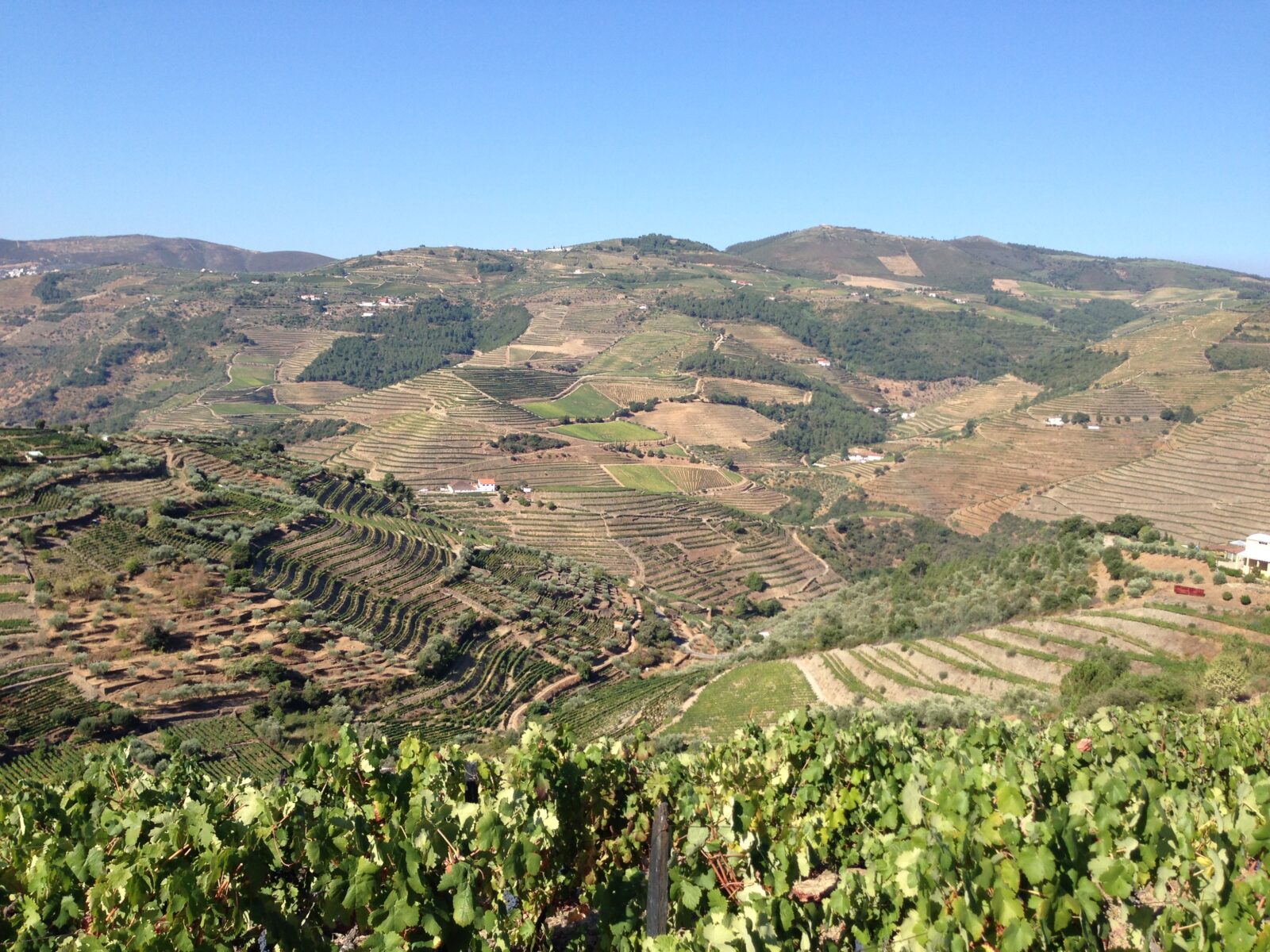
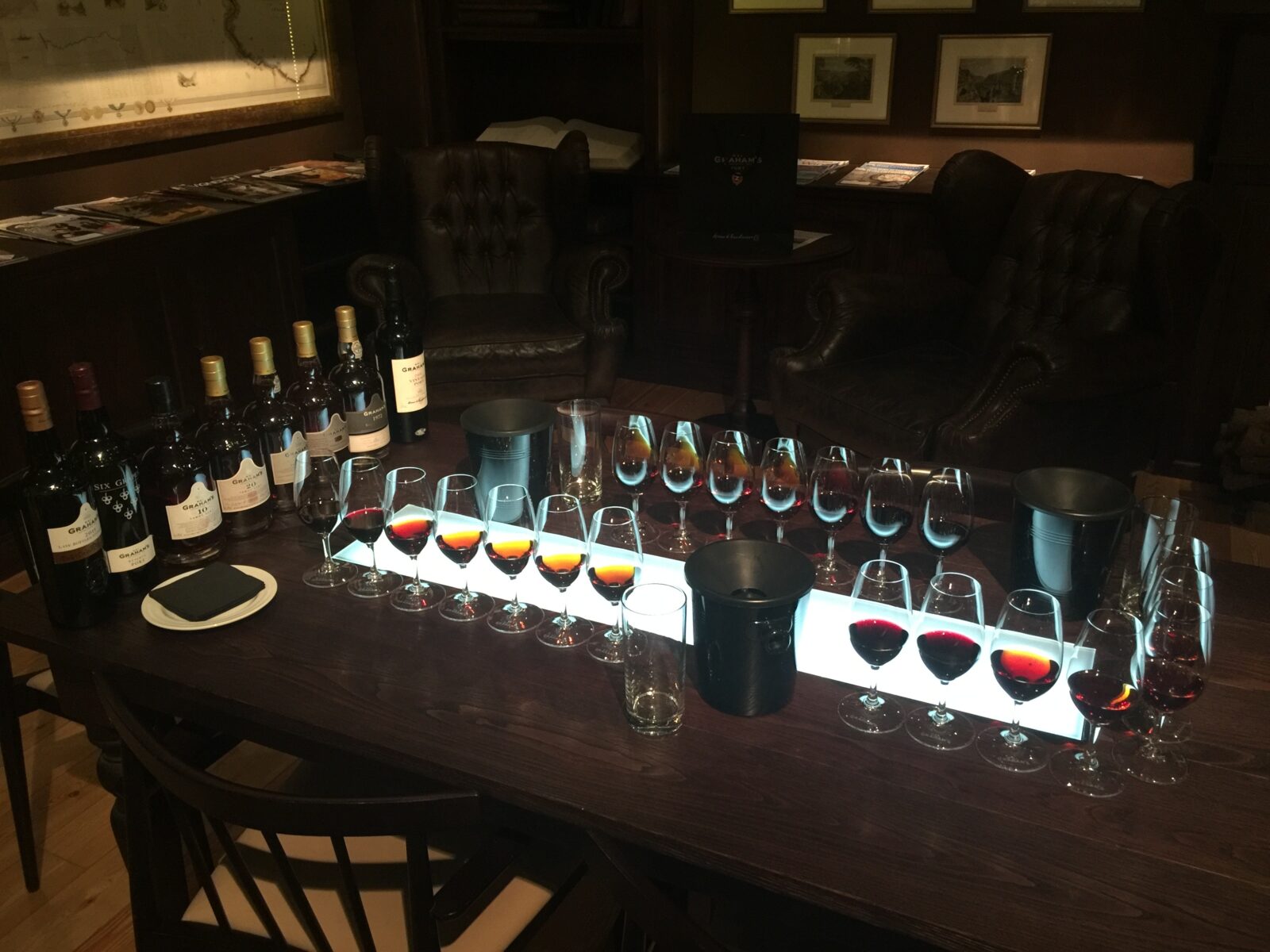
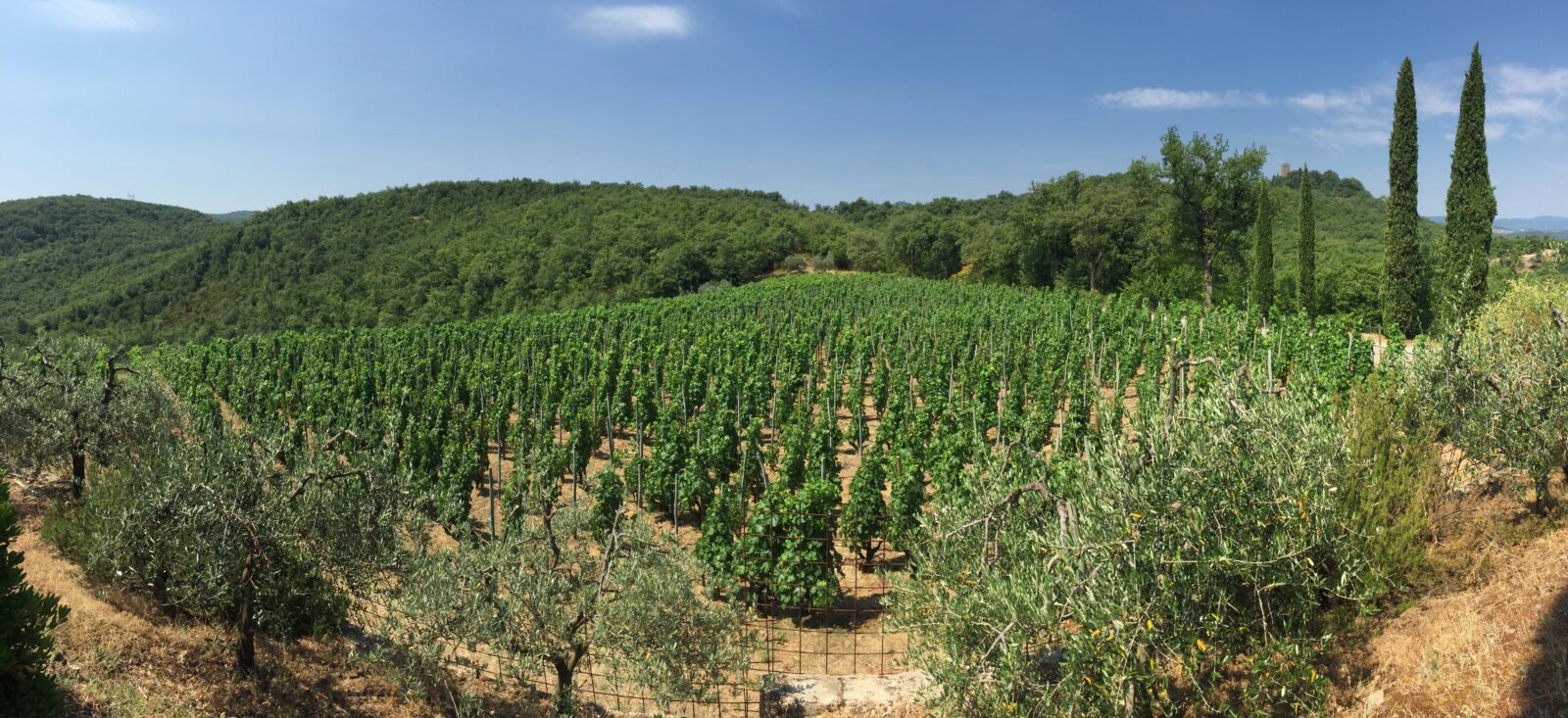
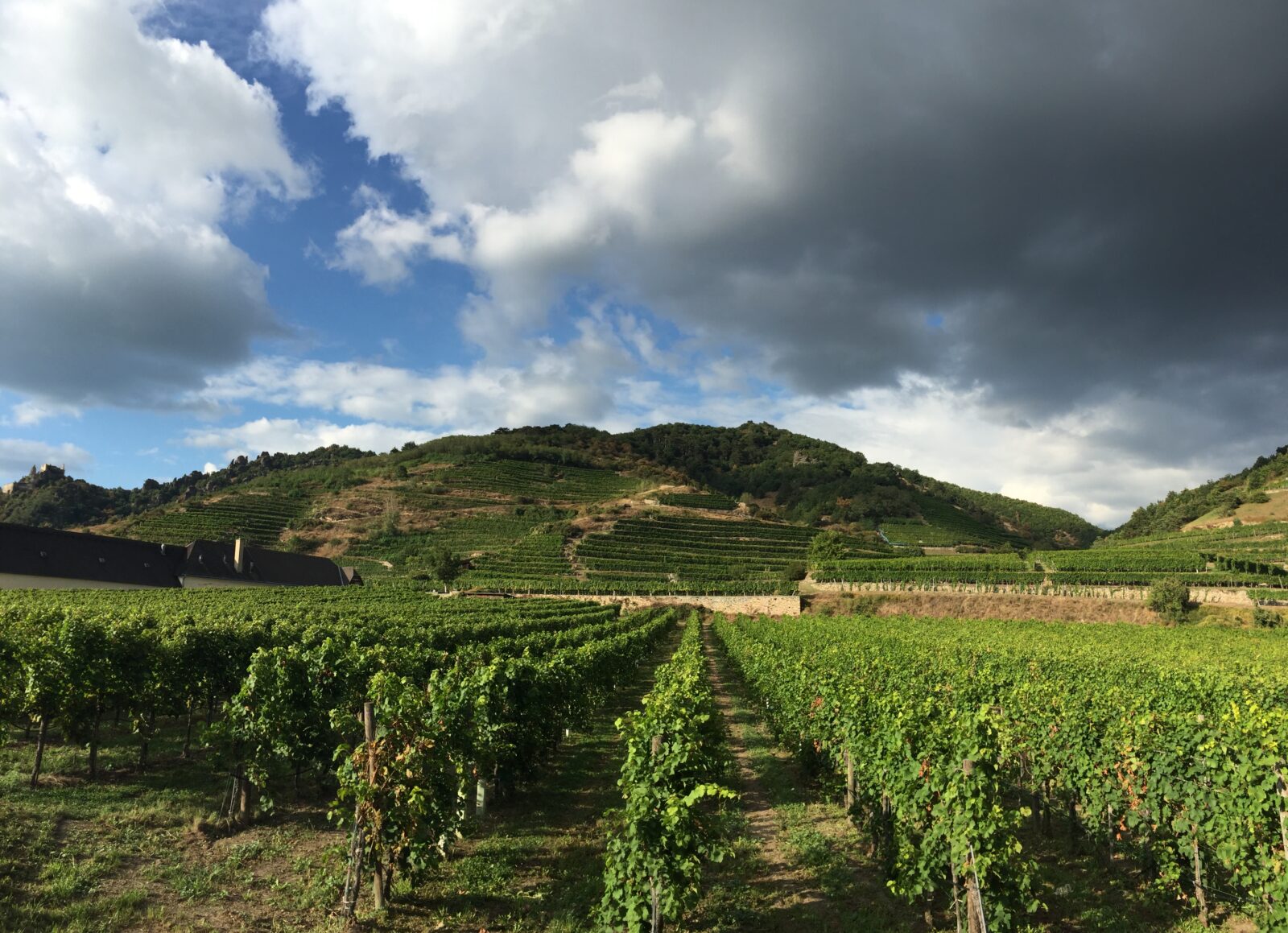
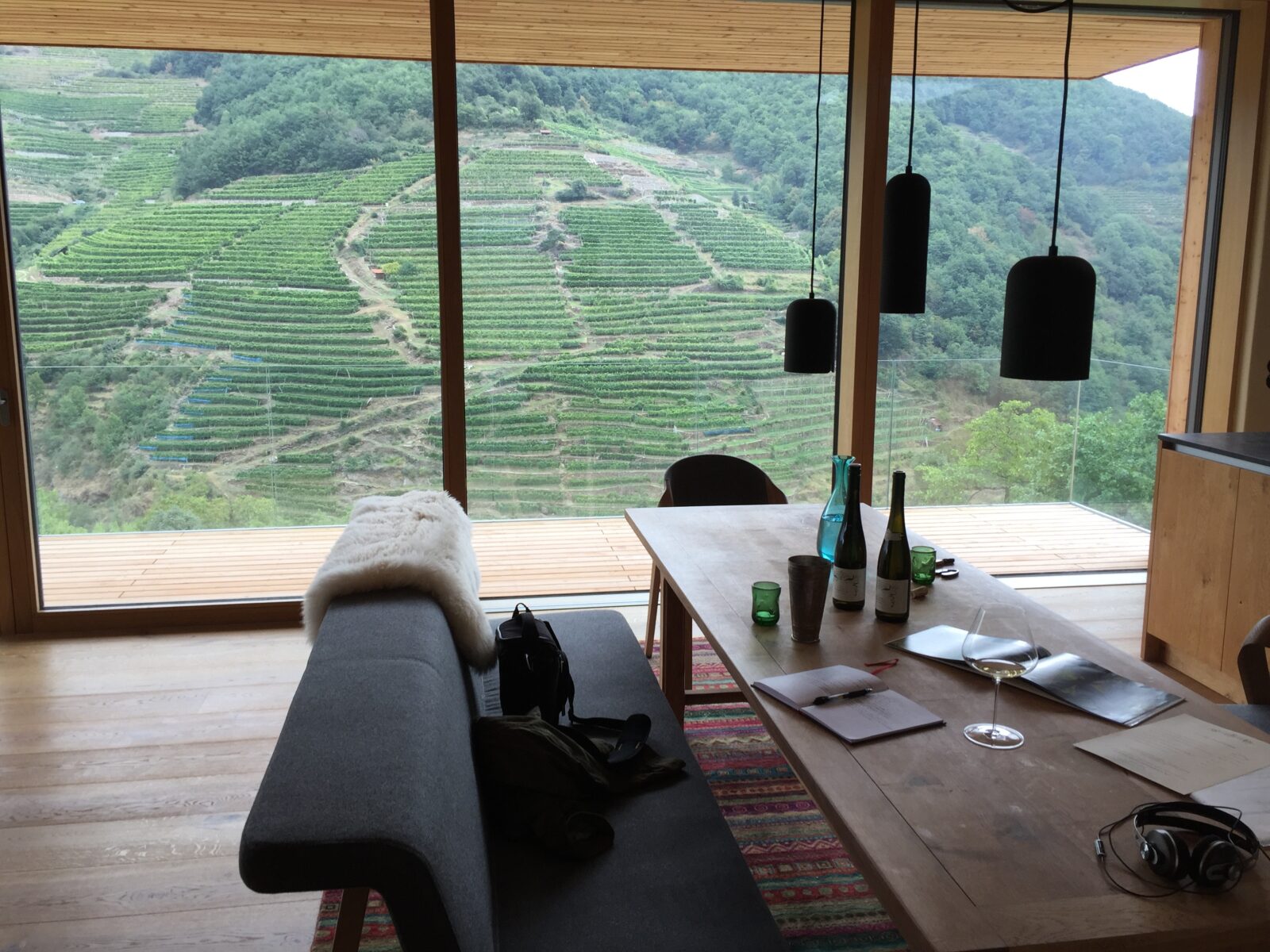
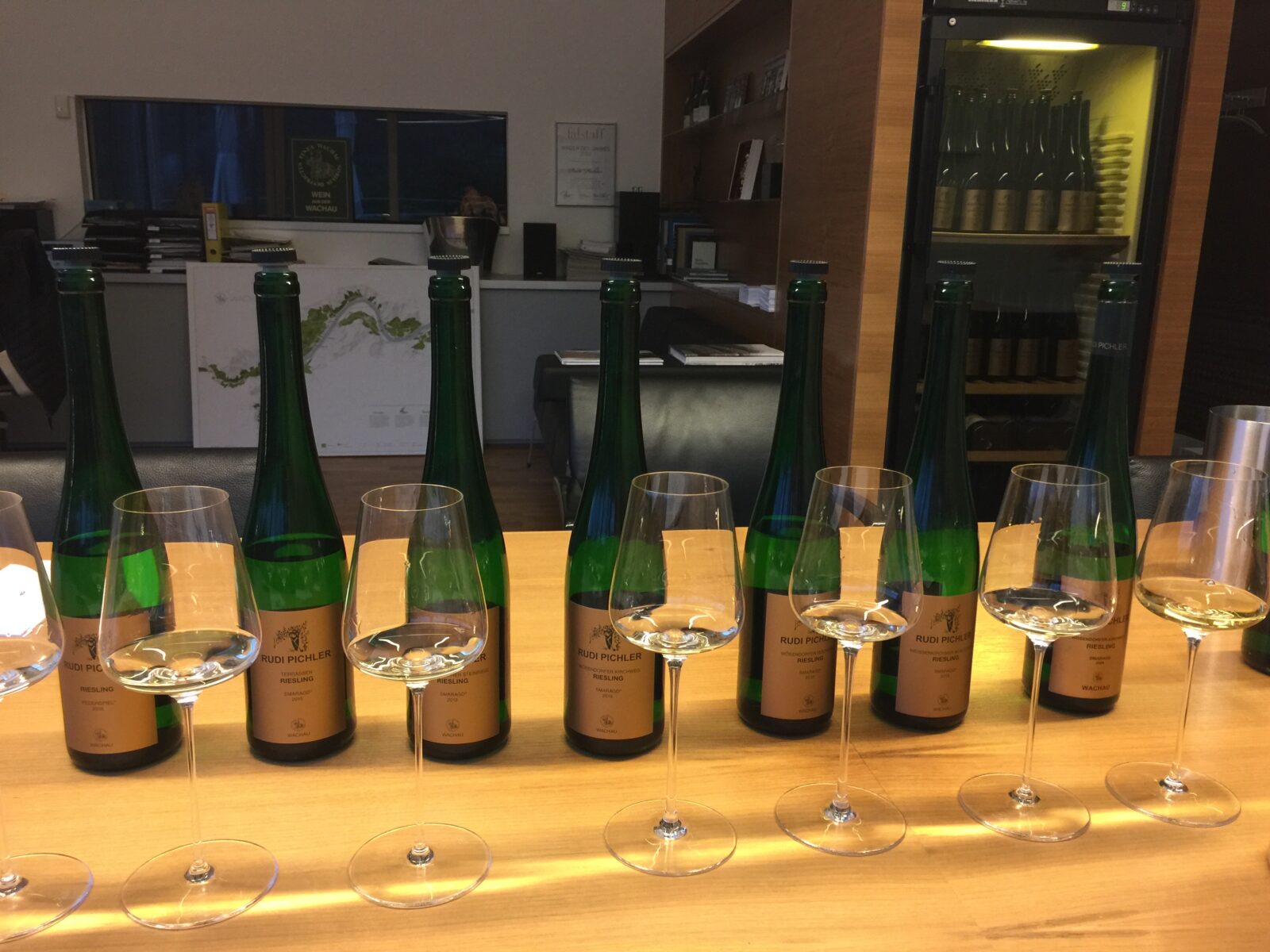
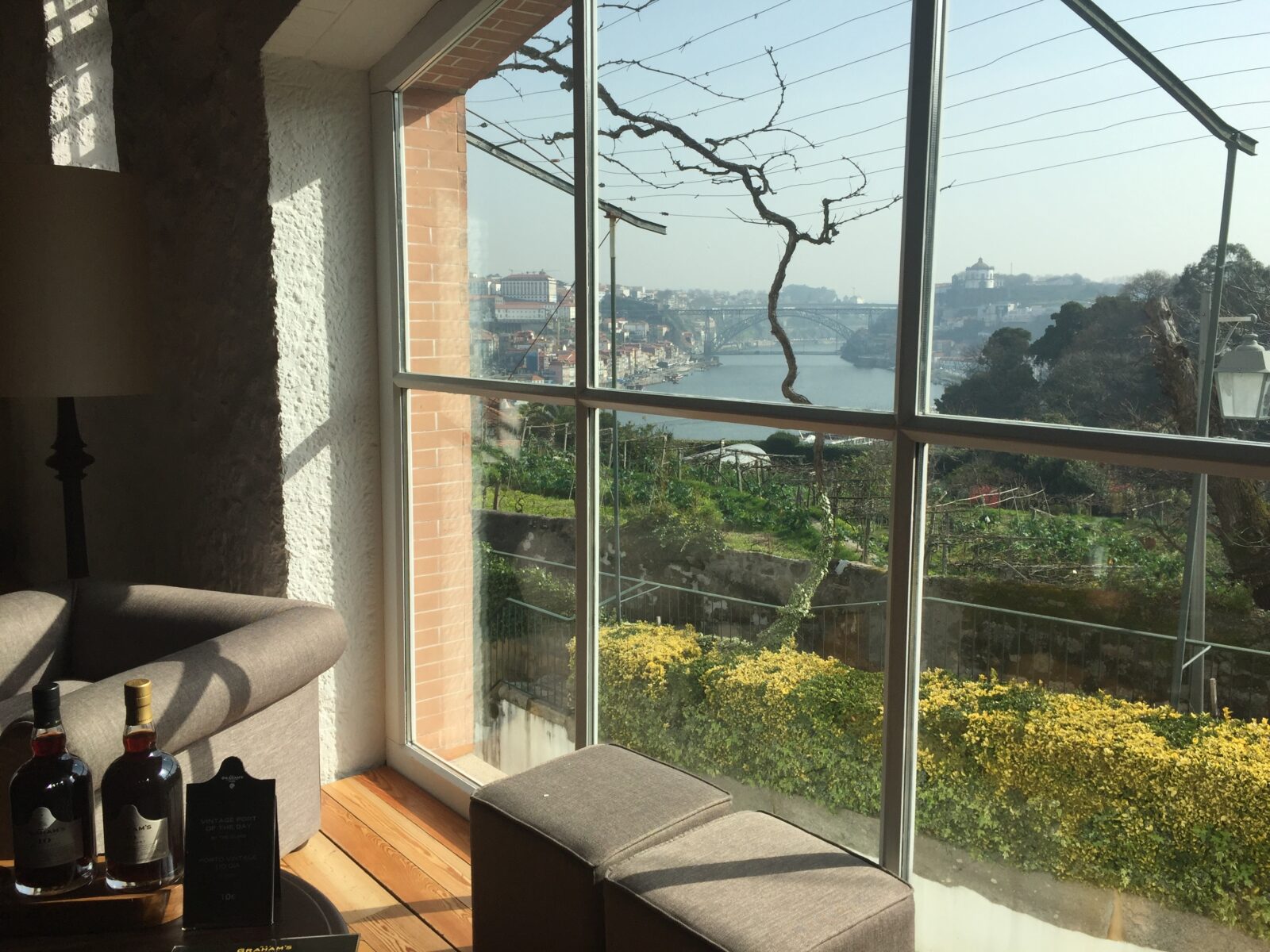
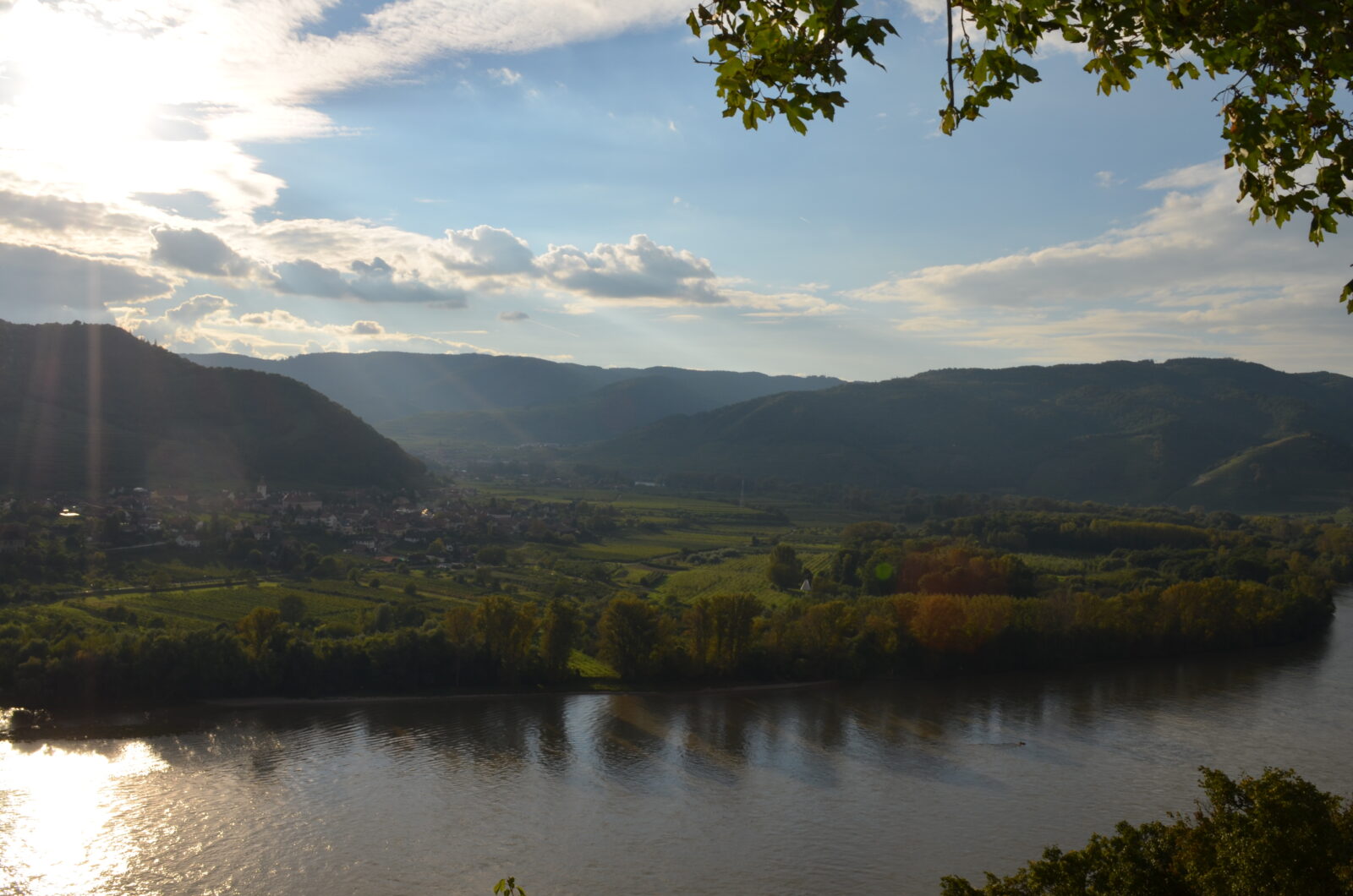
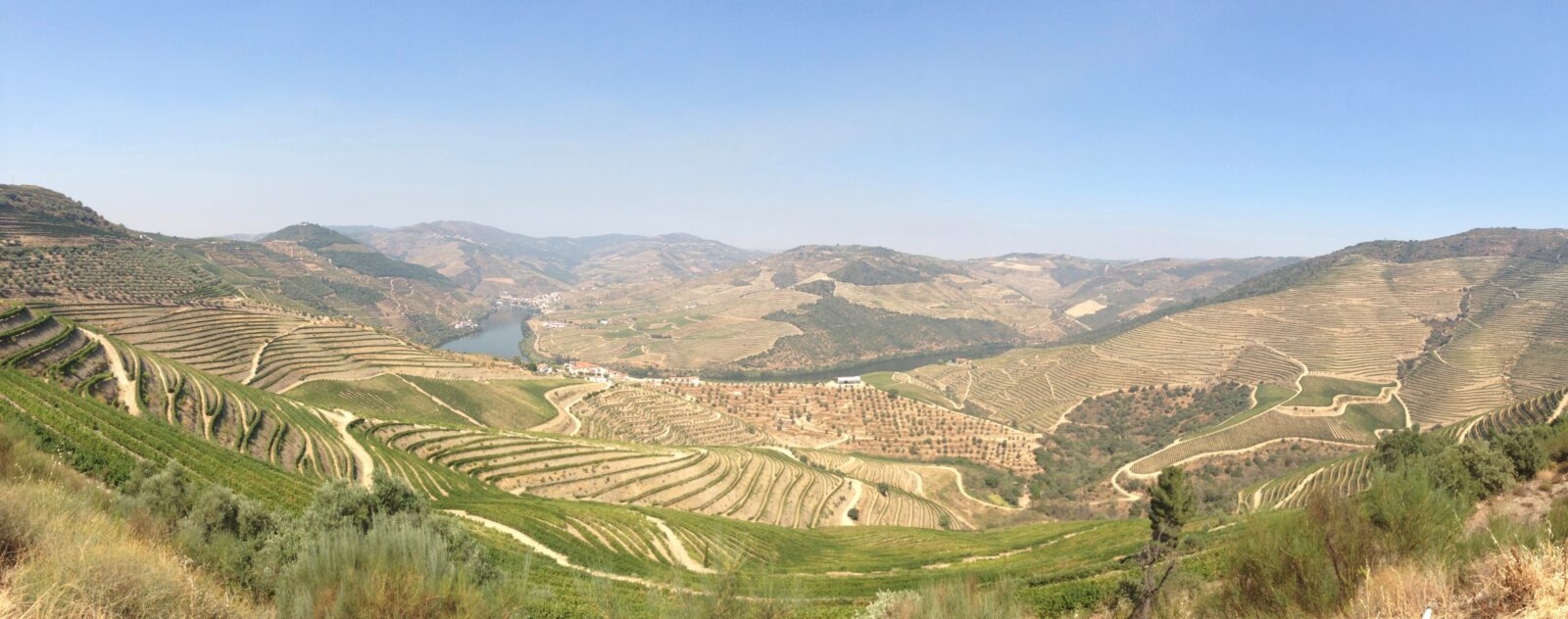

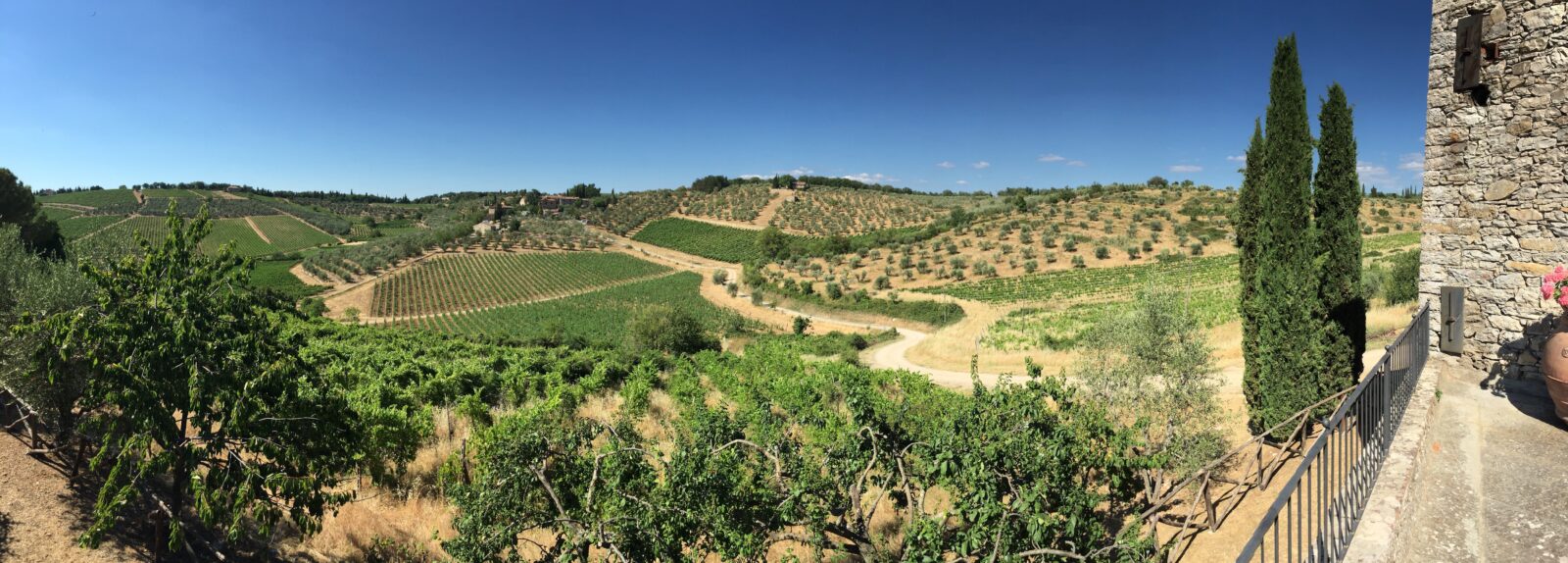
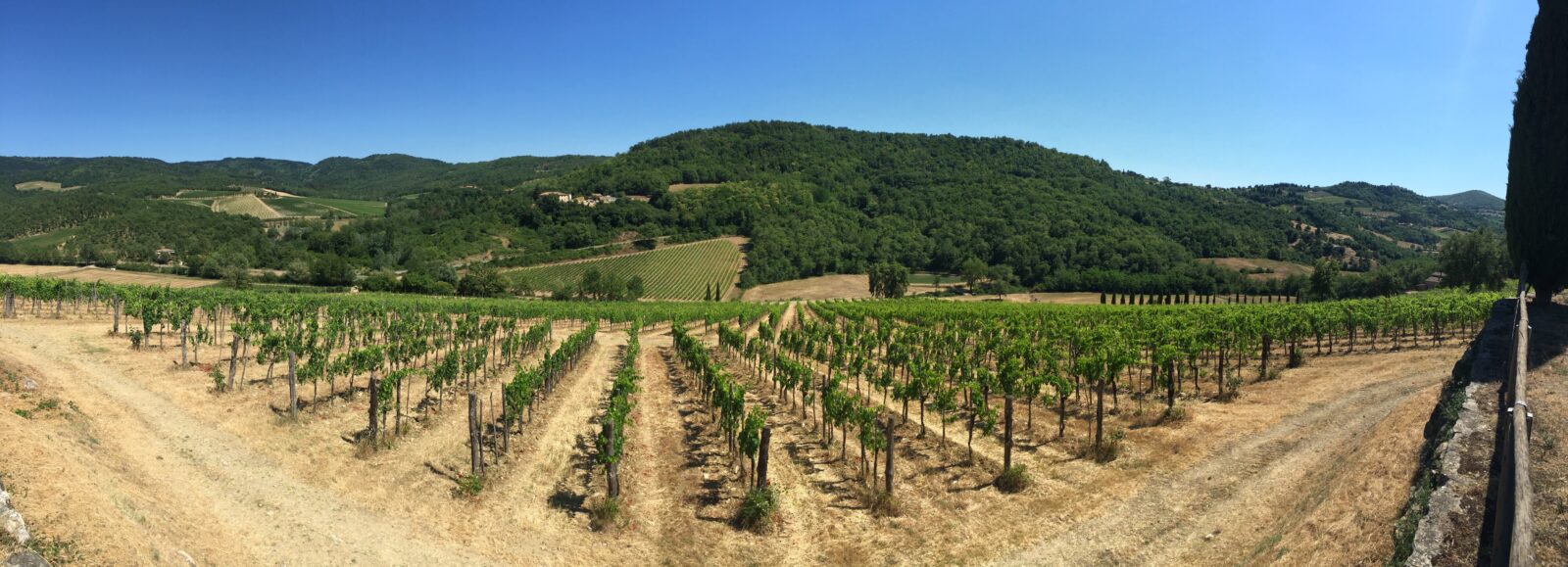
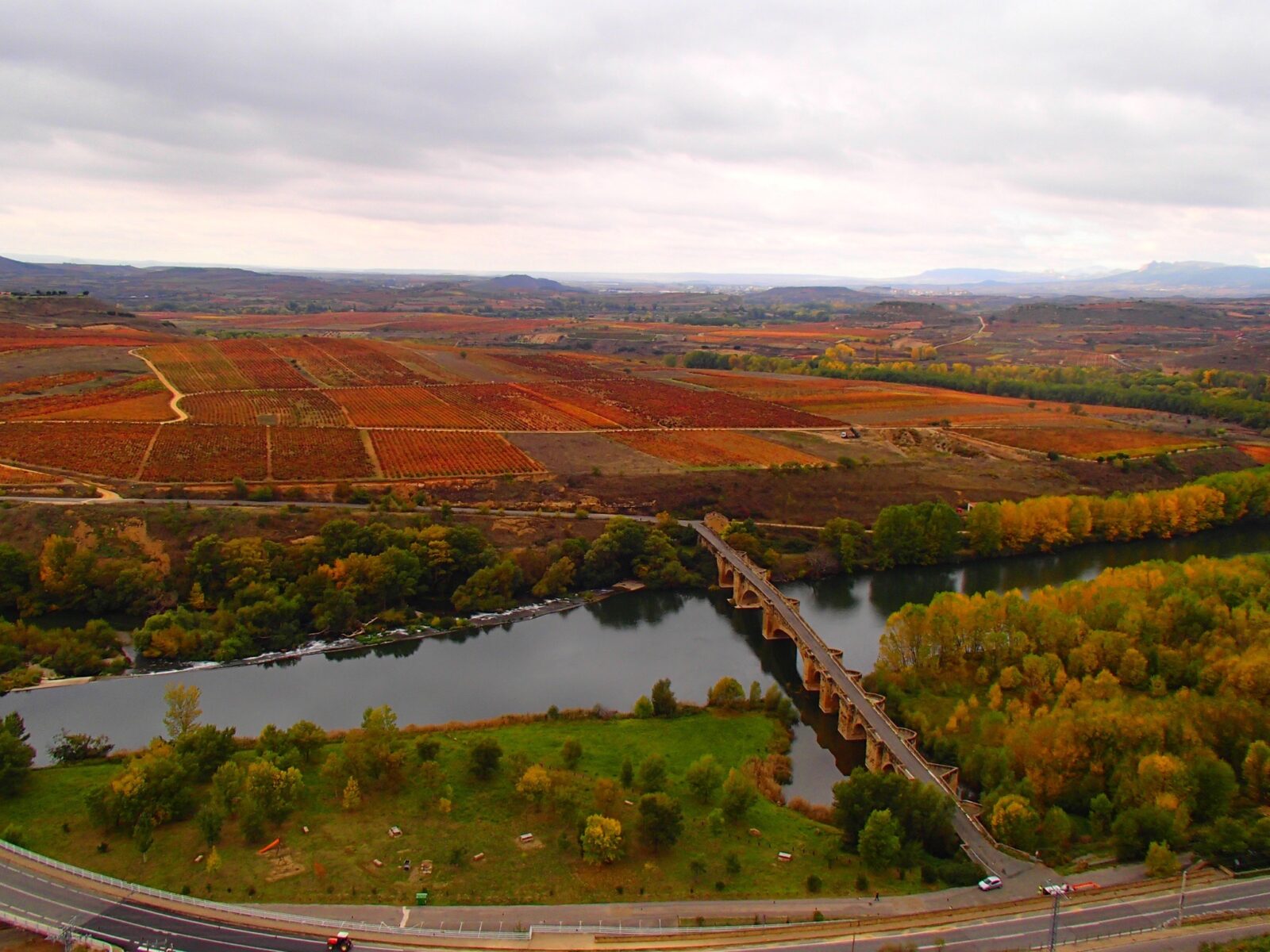
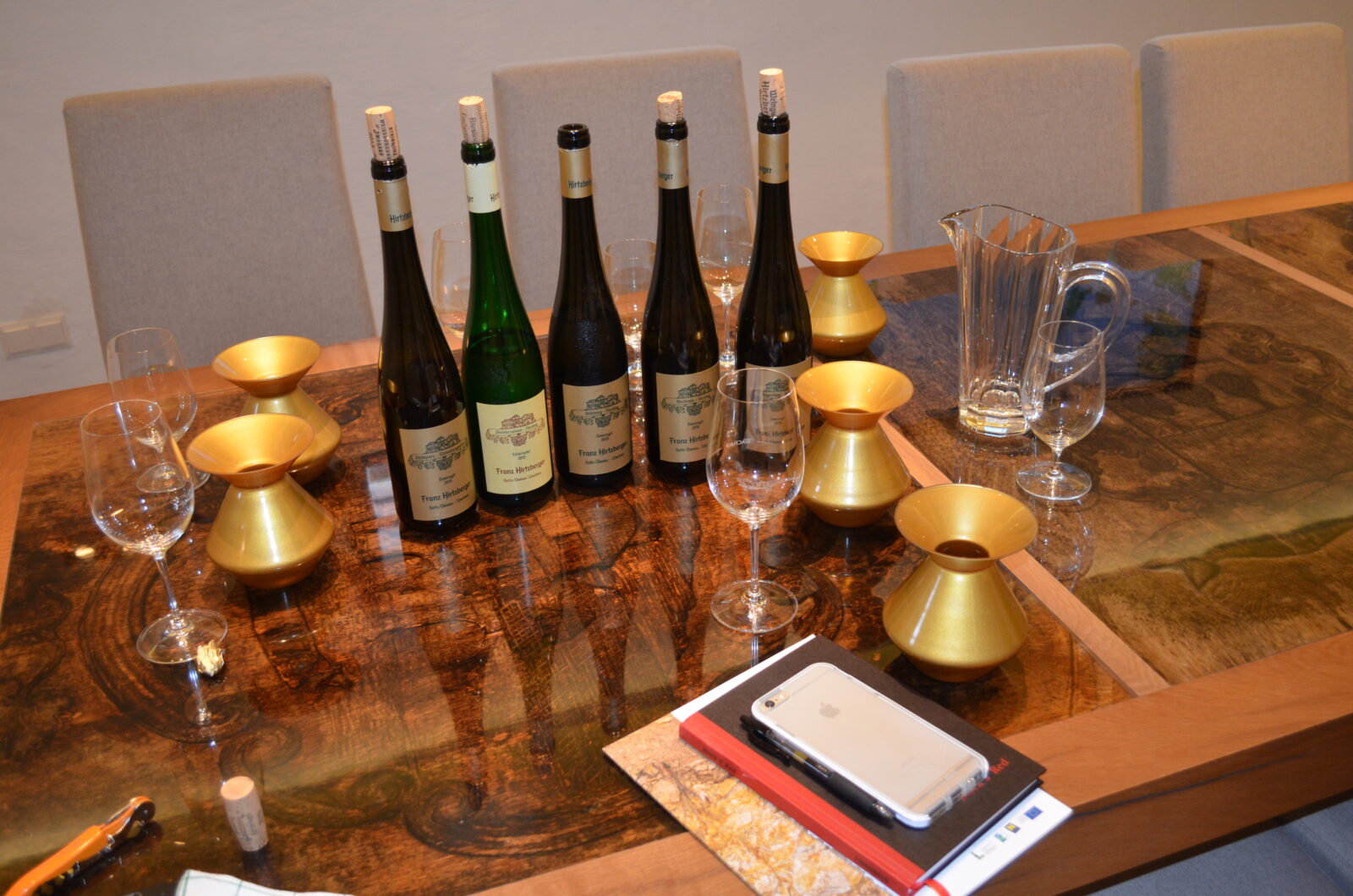
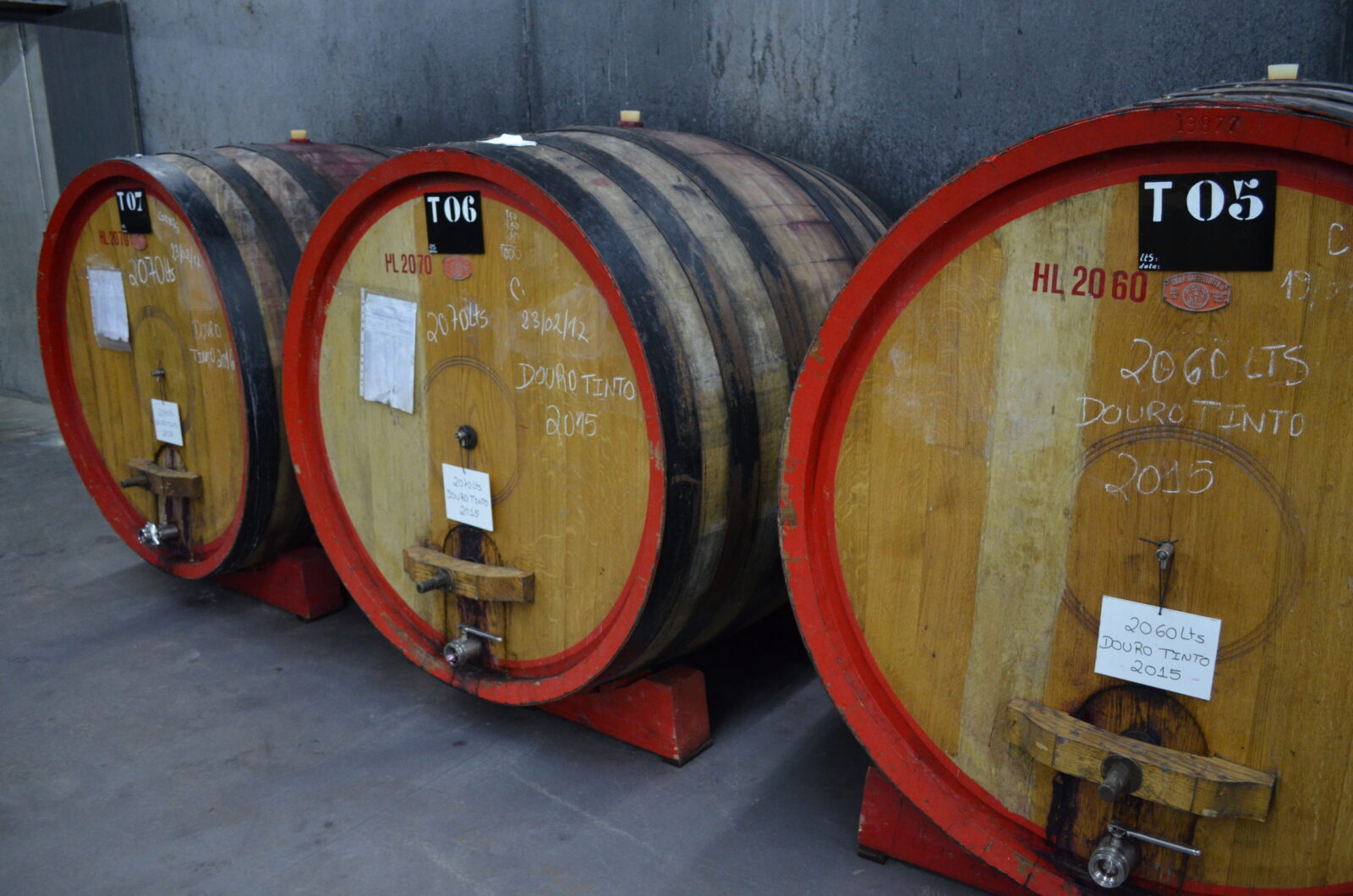

Comments
3 Responses to “ Lopez de Heredia ”
Great pics! Loved visiting here a few years ago….classics that never go out of style!
Great description of the LdH vineyards and the differences in their offerings. Thanks!
Thanks for reading Mitch!
Leave a Reply